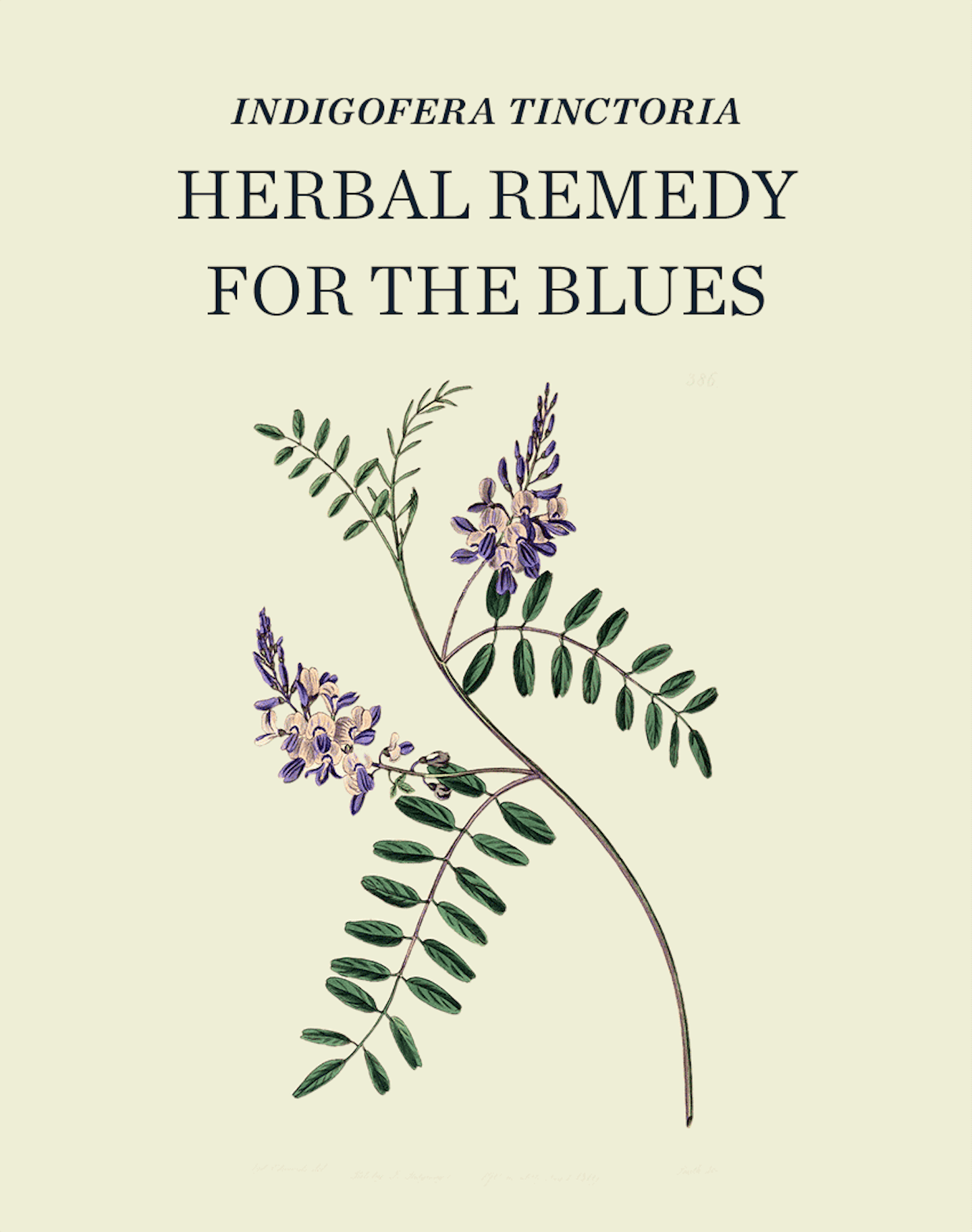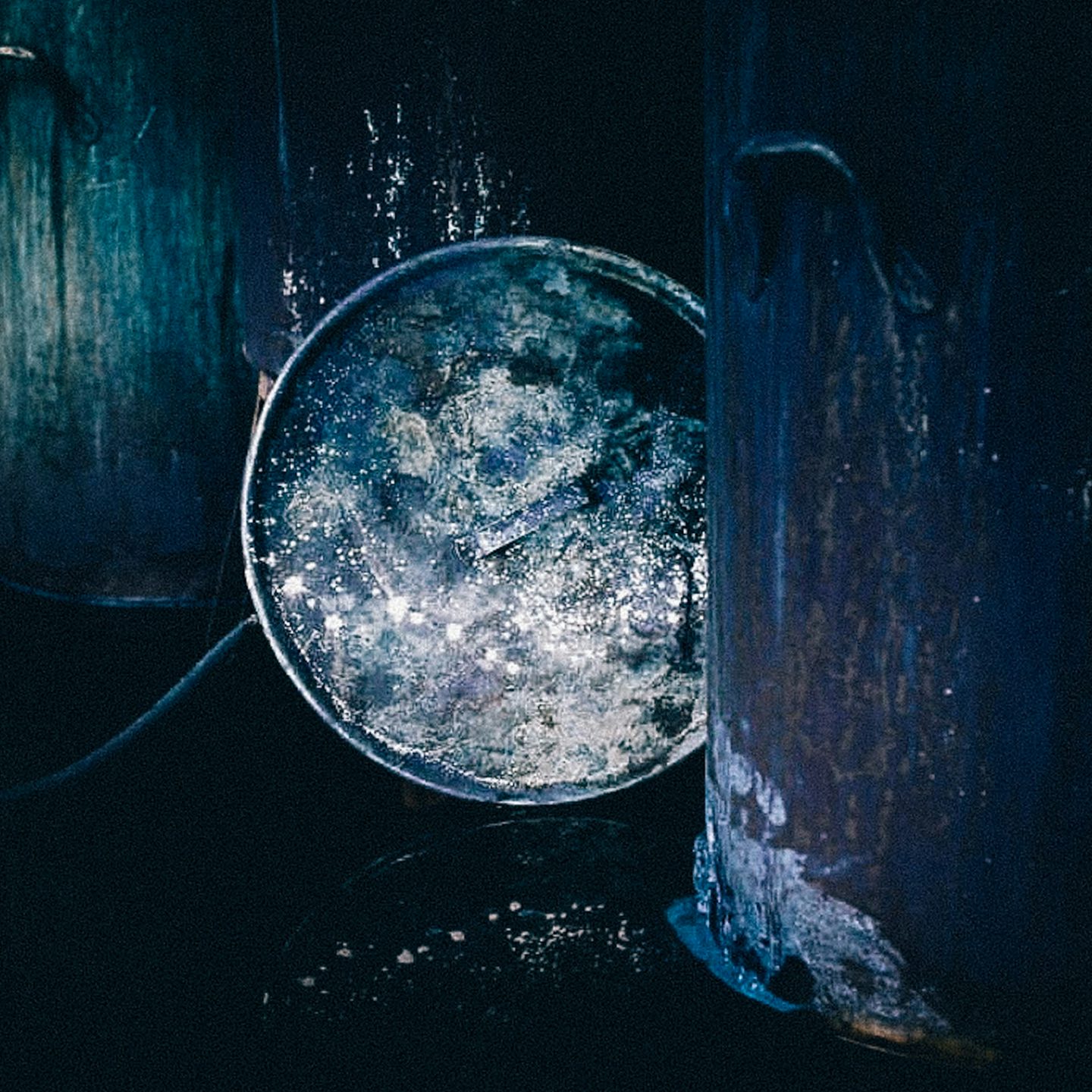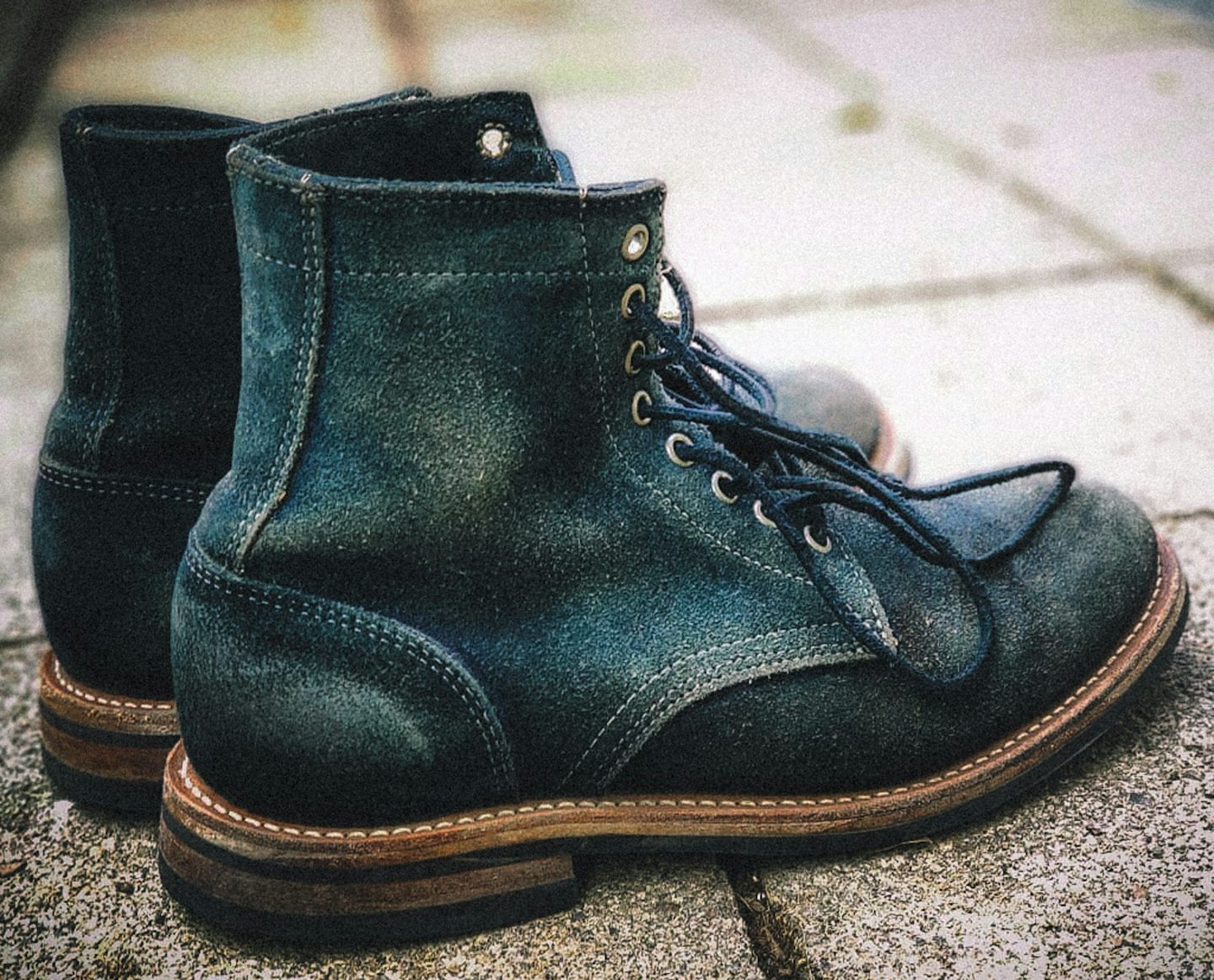Alchemy & Artistry
In addition to plant-derived indigo’s color-enhancing flavonoids which add traces of aquamarine and violet to its primary deep blue hue, fermentation leaves its indigotin compound chemically unstable and prone to random and unpredictable oxidation—this accelerates patination and brings-out tints and shades that highlight existing tonal shifts already present in organic materials such as leather. The wayward chemical properties of natural indigo enable this dye to produce an extraordinary range and depth of color unmatched by any single pigment. However, this unpredictability means effective administration of this dye is more art than science.









